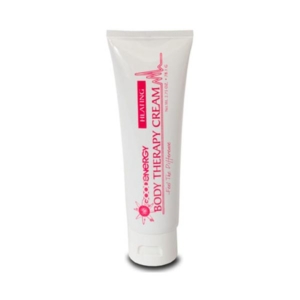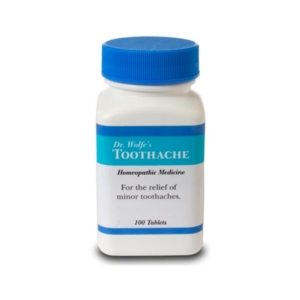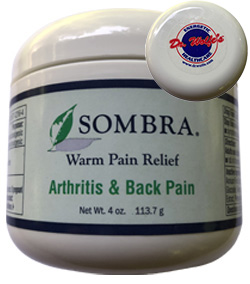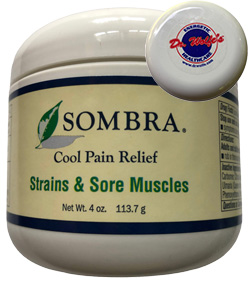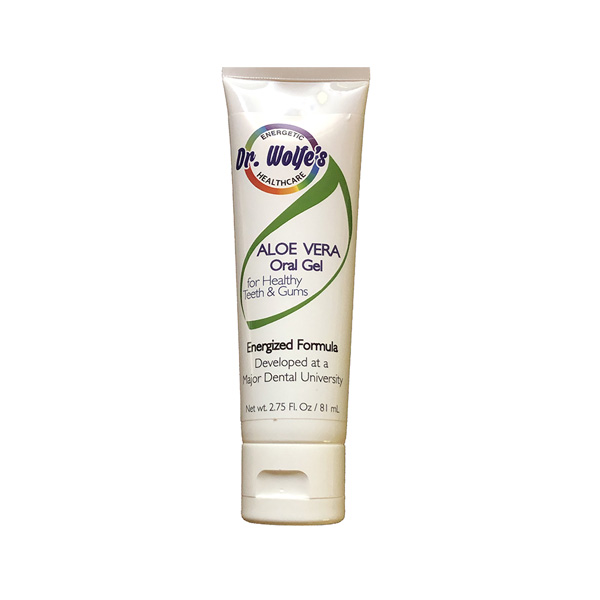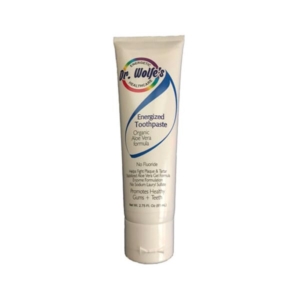Homeopathic Glossary
| Allopathy | Greek roots signifying “other” and “suffering”, orthodox medicine as we know it today. |
| Avogadro’s Number | That state, according to the laws of chemistry, where there is a limit to how many serial dilutions can be made without losses to the original substance. Avogadro´s number is roughly 10 to the 24th power. |
| Drug Essence | The basic picture of symptomatology displayed by a remedy. |
| Homeopathy | Combination of two Greek words; “homoios”, meaning like or similar and “pathos”, meaning sickness or disease, as typifying the action of drugs according to the law of similars. |
| Homoeopathic Pharmacopoeia of the United States | Text which lists the drugs which have been studied adequately and describes in detail the standards of their preparation. |
| Law of Similars | Any substance which can produce a totality of symptoms in a healthy human being, can cure that totality of symptoms in a sick human being. |
| Materia Medica | Text which describes the characteristics of the drug in detail as to pathogenicity and modifications by external influences. |
| Miasm | Underlying causes of chronic disease. There are three Miasms: 1. Psoric 2. Syphilitic 3. Gonorrhea |
| Minimum Dose | That amount that is capable of eliciting the desired response. |
| NOSODE | Remedy made from a diseased animal source (animal excretion) |
| Polychrest | Fully proven remedy from plant or mineral source. |
| Potency | The dilution of the drug; there are systems: 1. Decimal – 1/10 2. Centesimal – 1/100 |
| Proving | A test of the action of a drug upon a healthy human; a record of all the unusual sensations or deviations from the normal; health experienced by the one taking the drug. |
| Remedy | Homeopathic remedies are made in three mediums: 1. Water base 2. Alcohol base 3. Lactose sugar base |
| Repertory | A reference book or index of symptoms, arranged by locations systems, modalities, etc, listing the name of the remedy or remedies to be found under each symptom. |
| Sarcode | Remedy made from a healthy animal source. |
| Similimum | The remedy for any case of disease or illness is the substance which yields precisely the symptom pattern of the patient in three plains: physical, mental, spiritual. |
| Single Remedy | Using one remedy at a time, realizing the impossibility of predicting the synergistic effect of several drugs administered simultaneously. |
| Standardization | The bringing of any preparation to a recognized standard. |
| Symptom | Any morbid phenomenon or departure from normal in function, appearance or sensation; a change in the patient´s condition indicating some bodily or mental state. |
| Symptom Picture | A comprehensive group of symptoms which points out the similimum. |
| Syndrome | The aggregate of symptoms associated with any morbid process, and together constituting a picture of the disease. (For instance, the grouped symptoms of diseases of the central nervous system. |
| Totality of Symptoms | All the patient´s signs and symptoms, whether or not they can be allocated to some named disease. This totality of symptoms gives a picture of the patient´s disturbance arising from malfunction or pathologic changes anatomy. Homeopathic prescribing is based on the totality of symptoms. All symptoms have three levels: 1. Mental – spiritual 2. Emotional – psychic 3. Physical – sex, sleep, food and five senses. |
| Therapeutics | The practical branch of medicine dealing with the treatment of disease; a scientific account of the treatment. |
| Trituration | A preparation as directed by the Pharmacopoeia of the American Institute of Homeopathy, according to the following general formula: take of the medicinal substance one part; sugar of milk nine parts, mix by thorough trituration. This produces the 1x decimal trituration. Take one part of the 1x decimal to nine parts of milk sugar and mix to thoroughly triturate. This produces the 2x decimal trituration. And so on. |
| Virus | Any animal poison, especially one produced by and capable of transmitting disease. |
| Vital Force | An influence, which directs all aspects of life in the organism, in all three levels. |
- Allopathy
- Greek roots signifying “other” and “suffering”, orthodox medicine as we know it today.
- Avogadro’s Number
- That state, according to the laws of chemistry, where there is a limit to how many serial dilutions can be made without losses to the original substance. Avogadro´s number is roughly 10 to the 24th power.
- Drug Essence
- The basic picture of symptomatology displayed by a remedy.
- Homeopathy
- Combination of two Greek words; “homoios”, meaning like or similar and “pathos”, meaning sickness or disease, as typifying the action of drugs according to the law of similars.
- Homoeopathic Pharmacopoeia of the United States (HPUS)
- Text which lists the drugs which have been studied adequately and describes in detail the standards of their preparation.
- Law of Similars
- Any substance which can produce a totality of symptoms in a healthy human being, can cure that totality of symptoms in a sick human being.
- Materia Medica
- Text which describes the characteristics of the drug in detail as to pathogenicity and modifications by external influences.
- Miasm
- Underlying causes of chronic disease. There are three Miasms:
- Psoric
- Syphilitic
- Gonorrhea
- Minimum Dose
- That amount that is capable of eliciting the desired response.
- Nosode
- Remedy made from a diseased animal source (animal excretion)
- Polychrest
- Fully proven remedy from plant or mineral source.
- Potency
- The dilution of the drug; there are systems:
- Decimal – 1/10
- Centesimal – 1/100
- Proving
- A test of the action of a drug upon a healthy human; a record of all the unusual sensations or deviations from the normal; health experienced by the one taking the drug.
- Remedy
- Homeopathic remedies are made in three mediums:
- Water base
- Alcohol base
- Lactose sugar base
- Repertory
- A reference book or index of symptoms, arranged by locations systems, modalities, etc, listing the name of the remedy or remedies to be found under each symptom.
- Sarcode
- Remedy made from a healthy animal source.
- Similimum
- The remedy for any case of disease or illness is the substance which yields precisely the symptom pattern of the patient in three plains: physical, mental, spiritual.
- Single Remedy
- Using one remedy at a time, realizing the impossibility of predicting the synergistic effect of several drugs administered simultaneously.
- Standardization
- The bringing of any preparation to a recognized standard.
- Symptom
- Any morbid phenomenon or departure from normal in function, appearance or sensation; a change in the patient´s condition indicating some bodily or mental state.
- Symptom Picture
- A comprehensive group of symptoms which points out the similimum.
- Syndrome
- The aggregate of symptoms associated with any morbid process, and together constituting a picture of the disease. (For instance, the grouped symptoms of diseases of the central nervous system.
- Totality of Symptoms
- All the patient´s signs and symptoms, whether or not they can be allocated to some named disease. This totality of symptoms gives a picture of the patient´s disturbance arising from malfunction or pathologic changes anatomy. Homeopathic prescribing is based on the totality of symptoms. All symptoms have three levels:
- Mental – spiritual
- Emotional – psychic
- Physical – sex, sleep, food and five senses.
- Therapeutics
- The practical branch of medicine dealing with the treatment of disease; a scientific account of the treatment.
- Trituration
- A preparation as directed by the Pharmacopoeia of the American Institute of Homeopathy, according to the following general formula: take of the medicinal substance one part; sugar of milk nine parts, mix by thorough trituration. This produces the 1x decimal trituration. Take one part of the 1x decimal to nine parts of milk sugar and mix to thoroughly triturate. This produces the 2x decimal trituration. And so on.
- Virus
- Any animal poison, especially one produced by and capable of transmitting disease.
- Vital Force
- An influence, which directs all aspects of life in the organism, in all three levels.



